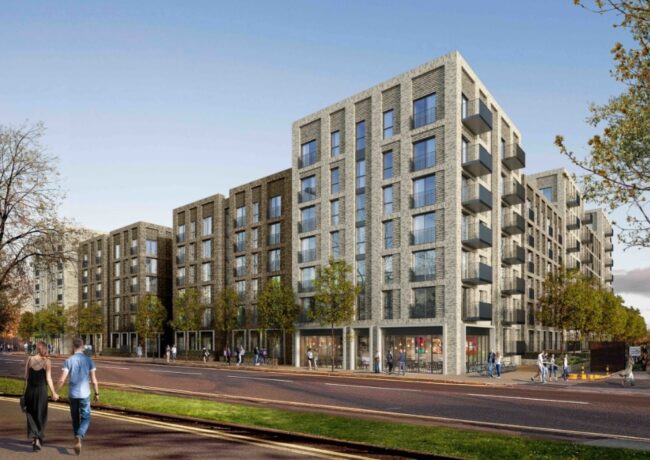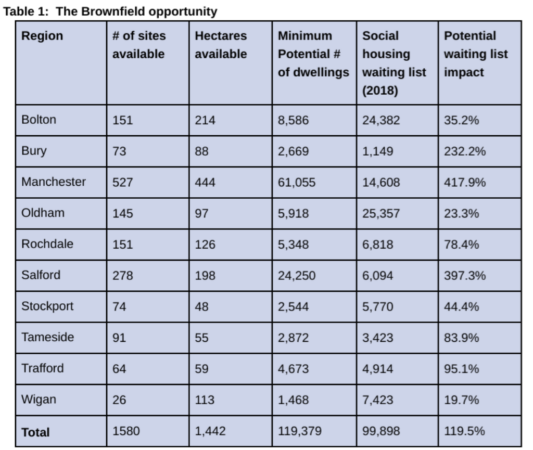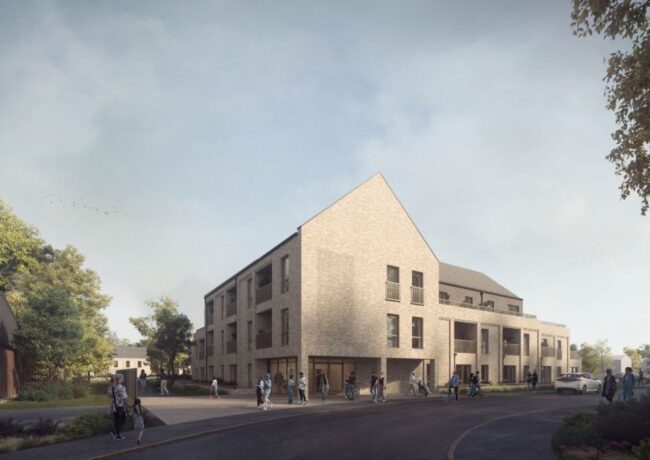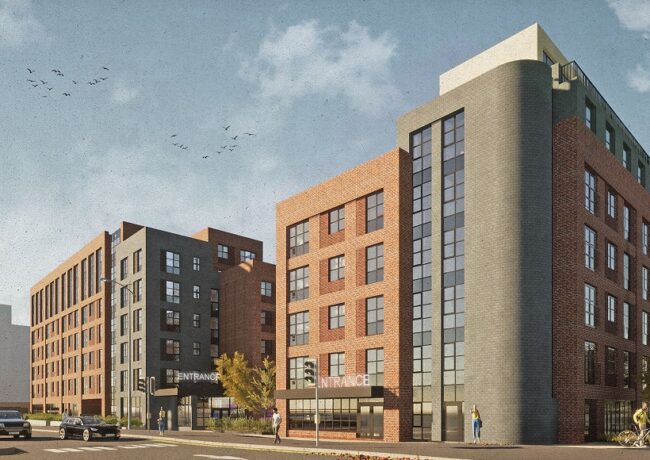GM brownfield sites ‘could yield 119,000 homes’
Greater Manchester has 1,500 undeveloped brownfield sites across its 10 boroughs, which could be used to deliver more than half of the 201,000 homes the combined authority wants to build by 2024, according to a report.
The target was set in the Greater Manchester Housing Strategy, adopted in 2019.
Manchester City Council has the largest number of registered brownfield sites, at 527, which equates to space for 61,000 homes, according to the report by Edaroth, a subsidiary of multidisciplinary consultancy Atkins.
Salford’s 278 brownfield sites could be redeveloped to provide 24,000 homes, while Rochdale and Bolton have 151 brownfield sites each but Bolton’s sites cover an area of 528 acres meaning it could yield 8,586 homes compared to Rochdale’s 311 acres, which could potentially yield 5,348. (See table, below).
Local authorities should prioritise using modern construction methods for redeveloping brownfield sites, which “tend to be located in urban areas that are often deemed too difficult to build on”, the report said.
Greater Manchester could also meet its target of 30,000 new-build social homes by 2024 from its brownfield sites, the report entitled Unlocking the Greater Manchester Housing Challenge, found.
The scale of underused brownfield land “provides an opportunity to eradicate the housing waiting list, which stood at 99,898 in 2019”, the report said.
An increase in demand for social housing has coincided with a fall in council-owned stock. In 1994, Greater Manchester councils owned 263,571 homes, but this has since fallen by 77% to 60,000 homes.
Edaroth managing director Mark Powell said: “While the Greater Manchester Combined Authority has a clear housing strategy in place, there is still a need to accelerate plans to provide affordable homes where people want to live, work and prosper.”
He added: “Much of the brownfield land in Greater Manchester is located within existing communities with better than average access to schools, healthcare and economic centres, providing and enduring more positive outcomes for residents and local authority landlords.”






It seems like madness not to develop these brownfield sites rather than destroy greenfield sites, especially where the infrastructure is lacking.
By Anonymous
Sadly it’s always about the money and how much return the developer makes as it’s more costly to develop brownfield sites
By Anonymous
How on earth can you claim that in most of the brownfield places there are already the existing infrastructure of Drs, schools, shopping areas and facilities etc, in the Brownfield sites in Trafford where Trafford are proposing to build (4000 in their new civic centre area along Talbot Rd) (800 in the Stretford Master plan Mall area). There are very few retailers, Drs and the rest , it’s building future slums and denying residents a quality life.
By Lesley L Sumner